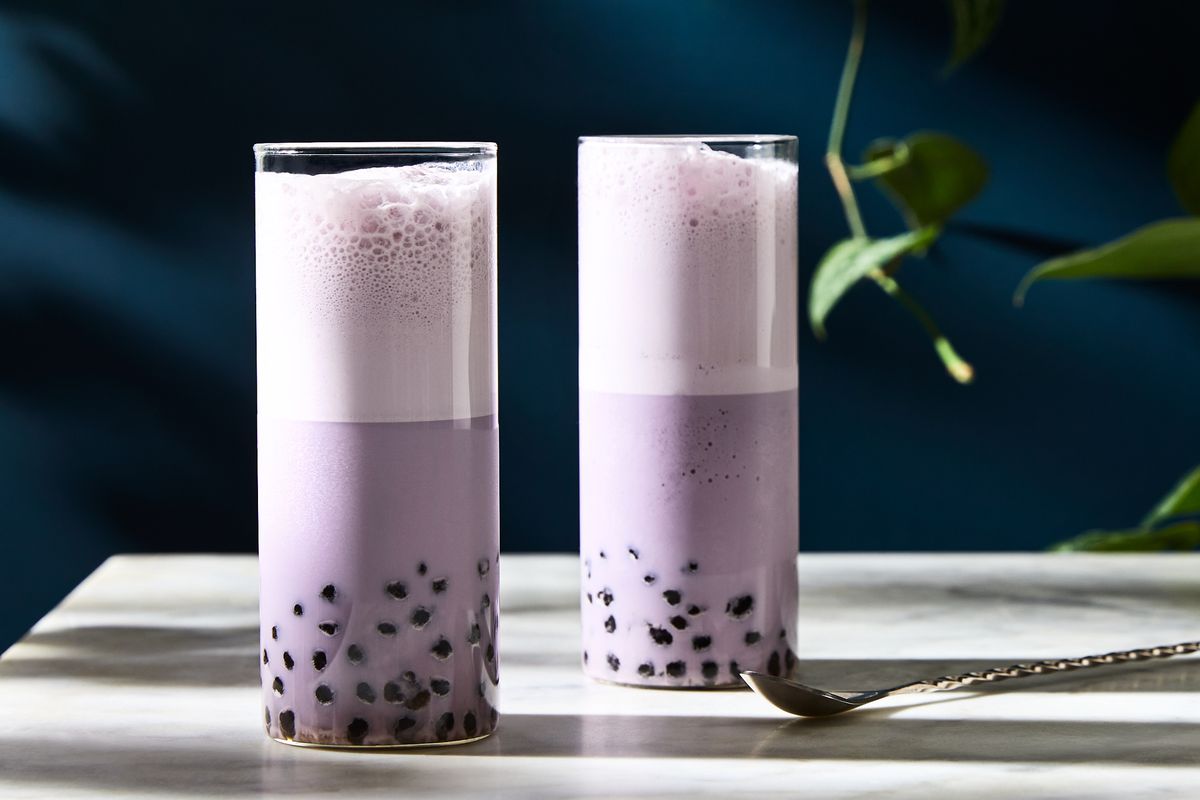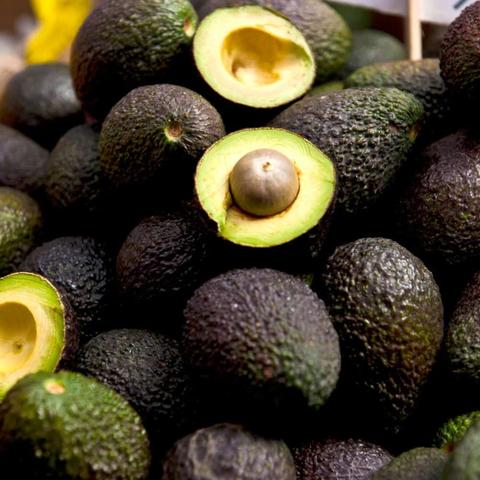
1. Exploring the Flavor Profile of Avocado: What Does It Taste Like?
Avocados have been cultivated in the United States for over a hundred years and have become a staple in many kitchens across the country. They have grown in popularity in recent years, with adventurous cooks incorporating them into a wide range of dishes and even desserts. The flavor of avocados can vary depending on factors such as variety and ripeness. The most popular type of avocado is the Hass, which has a subtly nutty flavor with a hint of sweetness when ripe. It also has a buttery, creamy texture that makes it easy to incorporate into various recipes and beverages.
Unripe avocados tend to taste bitter or have no flavor at all. They have a tough texture and deliver a starchy, chalky mouthfeel. While they are safe to eat, they are not very palatable. It’s important to check for ripeness before peeling and eating an avocado. Overripe avocados may have a sour, chemical-like flavor and emit a rancid or musky scent.
Fresh, ripe avocados are known for being heart-healthy fruits. They contain unsaturated fat, which can help lower the incidence of cardiovascular disease when replacing saturated fat in the diet. Avocados also do not contain sodium, sugar, or cholesterol, making them a nutritious choice. They are rich in vitamins and minerals, including vitamins A, D, K, E, and fiber.
Incorporating avocados into your diet is easy due to their mild flavor and smooth texture. Apart from guacamole, you can use avocados in smoothies as post-workout snacks or cold beverages to cool off on hot days. Avocado appetizers and snacks are also delicious options throughout the day. Adding avocados to salads not only enhances their flavor but also makes them more filling.
Overall, avocados have a unique taste that is both nutty and slightly sweet when ripe. They have a creamy texture that can be enjoyed in a variety of dishes, and their heart-healthy properties make them a nutritious addition to any diet.
2. Uncovering the Taste of Avocado: A Comprehensive Guide

Avocados have been grown in the United States for over a hundred years and have become a staple in kitchens across the country. The most popular variety of avocado is the Hass, which has a subtly nutty flavor with a hint of sweetness when ripe. It also has a buttery, creamy texture that makes it versatile in various dishes and beverages.
The taste of avocados can vary depending on their ripeness. Unripe avocados taste either bitter or have no flavor at all. They have a tough texture and deliver a starchy, chalky mouthfeel. On the other hand, overripe avocados may have a sour, chemical-like flavor and emit a rancid or musky scent.
It is important to check for ripeness before consuming an avocado to ensure optimal taste. However, it is also crucial not to wait too long as avocados can go off within a few days.
Fresh, ripe avocados are known for their heart-healthy properties. They are low in saturated fat and contain 6 grams of unsaturated fat per serving. Avocado is considered an excellent alternative to butter and other full-fat spreads due to its rich, creamy texture.
Avocado is also nutrient-dense, containing nearly 20 vitamins and minerals in just 1/3rd of an avocado. It does not contain sodium, sugar, or cholesterol. The unsaturated fat in avocados helps increase the absorption of fat-soluble vitamins A, D, K, and E.
Incorporating avocados into your diet can contribute to weight management as they contain dietary fiber that slows digestion and helps keep you satisfied. Fiber also slows down the absorption of sugar into the bloodstream and may help maintain healthy blood sugar levels.
There are numerous ways to incorporate avocados into your diet. They can be added to smoothies, used in appetizers and snacks, or included in salads for added flavor and texture.
In conclusion, avocados have a mild flavor and smooth texture. Their taste depends on factors such as variety and ripeness. They offer numerous health benefits and can be easily incorporated into various dishes for a nutritious and delicious addition to your diet.
3. The Subtle Nutty Flavor of Avocado: What to Expect

Avocados have a subtly nutty flavor with a hint of sweetness when ripe. The most popular variety, the Hass avocado, is known for its buttery and creamy texture. This makes it easy to incorporate into various dishes and even beverages.
The flavor of avocados can vary depending on factors such as variety and ripeness. Unripe avocados taste bitter or have no flavor at all, with a tough and starchy texture. It’s important to check for ripeness before eating an avocado to ensure optimal taste.
On the other hand, overripe avocados may have a sour, chemical-like flavor and a rancid or musky scent. If your avocados have gone bad, it’s best not to eat them. However, you can still make use of overripe avocados by using them in skincare or hair masks.
Fresh and ripe avocados are heart-healthy fruits that can help meet the diet recommendations of the American Heart Association (AHA). Avocado is low in saturated fat and contains unsaturated fats that can lower the risk of cardiovascular disease when used as a replacement for unhealthy fats.
Avocado is also nutrient-dense, containing 20 vitamins and minerals in just 1/3rd of an avocado. It does not contain sodium, sugar, or cholesterol. The unsaturated fat in avocado helps increase the absorption of fat-soluble vitamins A, D, K, and E.
Incorporating avocados into your diet can contribute to weight management as well. Avocados are low in calories but high in fiber, which slows digestion and helps keep you satisfied. Dietary fiber also slows the absorption of sugar into the bloodstream, helping maintain healthy blood sugar levels.
There are many ways to incorporate avocados into a healthy diet. You can make guacamole, add them to smoothies, use them in appetizers and snacks, or include them in salads. Avocados have a mild flavor and smooth texture that can enhance the taste and nutritional value of various dishes.
Overall, avocados offer a subtle nutty flavor with a creamy texture. They are not only delicious but also provide numerous health benefits, making them a versatile and nutritious addition to any kitchen.
4. From Bitter to Butter: Understanding the Taste of Ripe Avocado

Avocados have been a staple in American kitchens for over a hundred years, and their popularity has only grown in recent years. The taste of a fresh avocado can vary depending on factors such as the variety of avocado. The most popular type is the Hass avocado, which has a subtly nutty flavor with a hint of sweetness when ripe. Its buttery and creamy texture makes it versatile in various dishes and even beverages.
The ripeness of an avocado also affects its taste. Unripe avocados can taste bitter or have no flavor at all, with a tough and starchy texture. It’s important to check for ripeness before consuming an avocado to ensure the best flavor experience.
On the other hand, overripe avocados can have a sour, chemical-like flavor and may emit a rancid or musky scent. If your avocados have gone bad, it’s best not to eat them but instead repurpose them for skincare or hair masks.
Fresh, ripe avocados are known for their heart-healthy properties. They are low in saturated fat and contain healthy unsaturated fats that can help lower the risk of cardiovascular disease. Avocados also do not contain sodium, sugar, or cholesterol and are packed with essential vitamins and minerals.
Incorporating avocados into your diet is easy due to their mild flavor and smooth texture. You can enjoy them in various ways such as making guacamole, adding them to smoothies, using them in appetizers and snacks, or incorporating them into salads.
Avocado is not only delicious but also contributes to weight management due to its high fiber content that helps slow digestion and keeps you feeling fuller longer. Additionally, the fiber in avocados aids in maintaining healthy blood sugar levels by slowing down sugar absorption into the bloodstream.
To explore more ways to enjoy avocados, you can find numerous recipes and nutrition information online. Remember to choose, store, and prepare fresh avocados properly to maximize their taste and nutritional benefits.
5. Overripe Avocado: What Does It Taste Like?
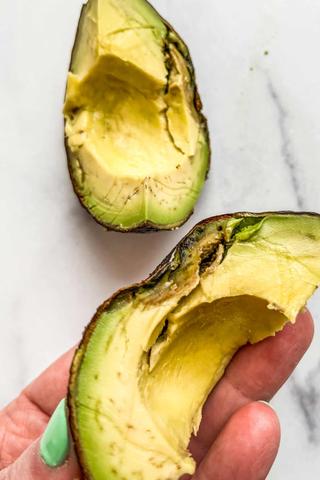
When an avocado becomes overripe, its taste and texture can change significantly. Overripe avocados may have a sour or chemical-like flavor, which can be unpleasant to eat. In addition to the off taste, you may also notice a rancid or musky scent coming from the avocado. These changes in taste and smell are indicators that the avocado is past its prime and should not be consumed.
It’s important to note that while overripe avocados may not be suitable for eating, they don’t have to go to waste. Instead of throwing them away, you can repurpose them for other uses. For example, overripe avocados can be used to make skincare masks or hair masks. These DIY treatments can help nourish your skin and hair with the natural oils present in the avocado.
To determine if an avocado is overripe, you can check its appearance and feel. An overripe avocado will typically have very soft flesh that gives easily when gently squeezed. The skin may also appear darker or have brown spots. It’s best to avoid eating avocados that are past their prime to ensure you enjoy their optimal taste and quality.
In summary, an overripe avocado may taste sour or chemical-like and have a rancid or musky scent. It’s best not to consume these avocados but instead repurpose them for skincare or haircare purposes. Checking the appearance and feel of an avocado can help determine if it is overripe and no longer suitable for consumption.
6. Avocado and Heart Health: A Deliciously Healthy Alternative
Avocados have gained popularity in recent years due to their heart-healthy properties. They are a mainstay in kitchens across the United States and are loved by countless consumers. The most popular variety of avocado is the Hass, which has a subtly nutty flavor with a hint of sweetness when ripe. It also has a buttery, creamy texture that makes it easy to incorporate into various dishes and beverages.
One of the factors that affect avocado taste is ripeness. Unripe avocados can taste bitter or have no flavor at all and have a tough texture. On the other hand, overripe avocados may have a sour, chemical-like flavor and a rancid or musky scent. It’s important to check for ripeness before consuming avocados to ensure the best taste.
Avocados are not only delicious but also contribute to heart health. They are low in saturated fat and contain 6 grams of unsaturated fat per serving. This makes them an excellent alternative to butter and other full-fat spreads. Avocados are also nutrient-dense, containing nearly 20 vitamins and minerals in just 1/3rd of an avocado.
The unsaturated fat in avocados helps increase the absorption of fat-soluble vitamins A, D, K, and E. Additionally, avocados contribute minerals and phytonutrients to your diet. They are also a good source of dietary fiber, with 1/3rd of an avocado containing 3 grams of fiber. Dietary fiber slows digestion, helps maintain healthy blood sugar levels, and adds bulk to your diet.
There are many ways to incorporate avocados into a healthy diet. They can be added to smoothies as convenient post-workout snacks or used as ingredients in cold beverages for a refreshing treat on hot days. Avocados can also be showcased in appetizers, snacks, and salads to add flavor, texture, and filling power.
In conclusion, avocados are not only delicious but also offer numerous health benefits. They are heart-healthy fruits that can help lower the incidence of cardiovascular disease when used as a replacement for saturated fat. Avocados are nutrient-dense, low in sodium and sugar, and contain healthy unsaturated fats. Incorporating avocados into your diet can contribute to better heart health and overall well-being.
7. Avocado’s Nutrient-Dense Goodness: A Closer Look at its Taste and Benefits
Avocado’s Nutrient-Dense Goodness: A Closer Look at its Taste and Benefits
Avocados have become a staple in American kitchens, loved by countless consumers across the country. But if you’ve never tried an avocado before, you may be wondering what it tastes like. The flavor of a fresh avocado depends on factors such as variety. The most popular type of avocado is the Hass, which has a subtly nutty flavor with a hint of sweetness when ripe. It also has a buttery, creamy texture that makes it easy to incorporate into various dishes and even beverages.
Ripeness is another factor that affects the taste of an avocado. Unripe avocados can taste bitter or have no flavor at all. They also have a tough texture and deliver a starchy, chalky mouthfeel. On the other hand, overripe avocados can have a sour, chemical-like flavor and may emit a rancid or musky scent. It’s best to check for ripeness before consuming an avocado to ensure optimal taste.
Fresh, ripe avocados are not only delicious but also heart-healthy fruits. They can help you meet the diet recommendations of the American Heart Association (AHA). The AHA advises replacing saturated fat in your diet with healthier unsaturated fat to lower the risk of cardiovascular disease. Avocados are low in saturated fat and contain 6 grams of unsaturated fat per serving or about ⅓ of an avocado. Their rich, creamy texture makes them an excellent alternative to butter and other full-fat spreads.
In addition to being heart-healthy, avocados are nutrient-dense fruits. They do not contain sodium, sugar, or cholesterol. Just 1/3rd of an avocado contains nearly 20 vitamins and minerals, including vitamins A, D, K, and E. The unsaturated fat in avocados can help increase the absorption of these fat-soluble vitamins. Avocados also contribute minerals and phytonutrients to your diet.
Avocados are a good source of dietary fiber, with 1/3rd of a medium avocado containing 3 grams of fiber. This fiber helps slow digestion, keeping you satisfied for longer. It also slows the absorption of sugar into the bloodstream, helping to maintain healthy blood sugar levels. Additionally, the bulk provided by fiber can make you feel fuller faster.
There are many ways to incorporate avocados into a healthy diet. You can enjoy them in smoothies, as a base for cold beverages, in appetizers and snacks, or added to salads for extra flavor and filling power. Avocado recipes are abundant and offer a variety of options for incorporating this nutritious fruit into your meals.
Whether you’re looking to try avocados for the first time or wanting to explore new ways to enjoy them, there’s no shortage of delicious recipes and health benefits to discover.
8. Incorporating Avocados into Your Diet: Delicious Recipes and Ideas
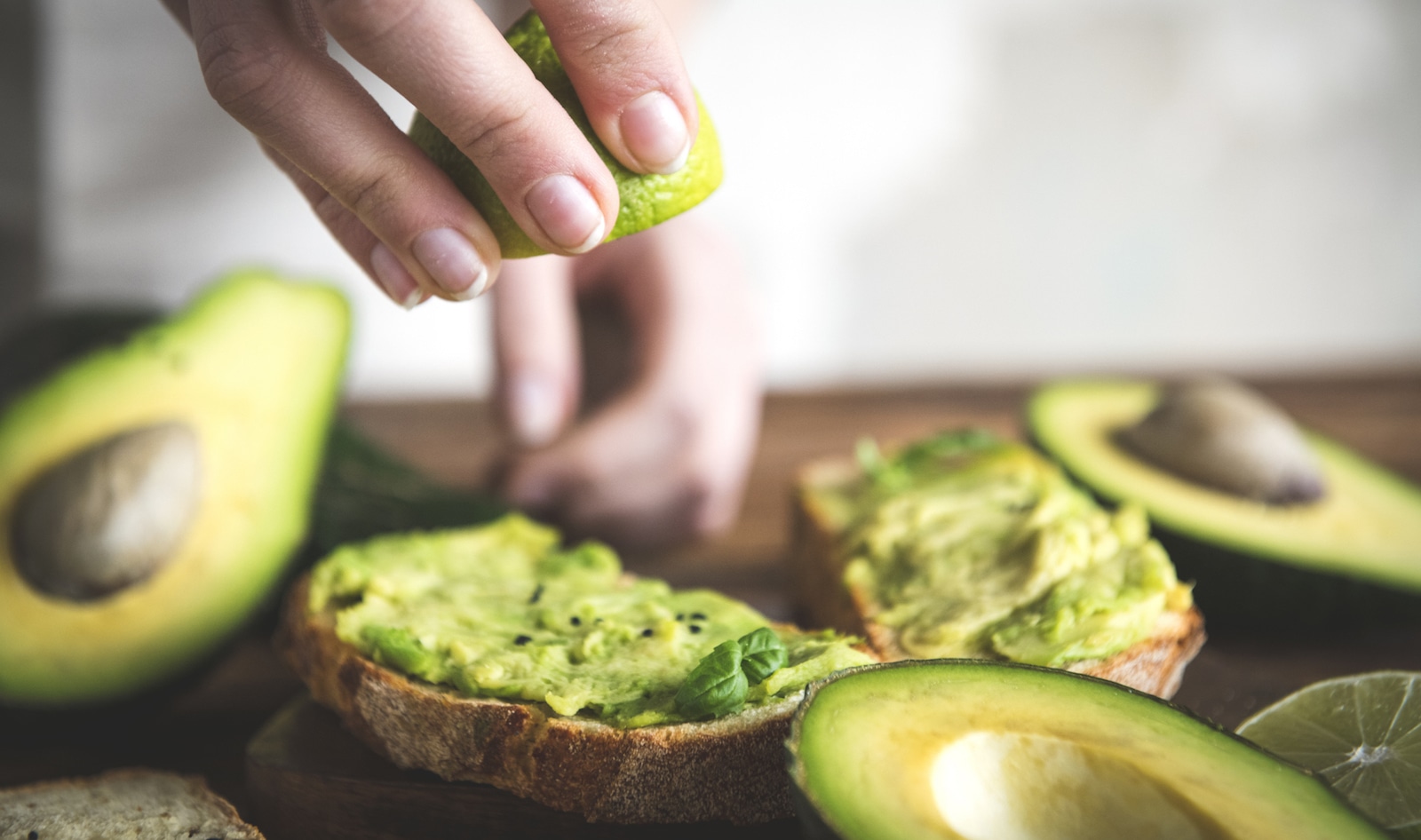
Avocados are a versatile fruit that can be incorporated into a variety of dishes to add flavor, texture, and nutritional benefits. Here are some delicious recipes and ideas to help you incorporate avocados into your diet:
1. Avocado Smoothies
Smoothies are a convenient and healthy way to enjoy avocados. Try blending ripe avocado with your favorite fruits, such as banana, mango, or berries, along with some yogurt or almond milk for a creamy and nutritious smoothie.
– Avocado-Banana Smoothie: Blend 1 ripe avocado, 1 ripe banana, 1 cup of almond milk, and a handful of spinach for a refreshing and nutrient-packed smoothie.
– Avocado-Mango Smoothie: Blend 1 ripe avocado, 1 ripe mango, the juice of 1 lime, and coconut water for a tropical twist on your smoothie.
2. Avocado Appetizers
Avocados can be used to create delicious appetizers that are perfect for any occasion. Here are some ideas:
– Avocado Bruschetta: Toast slices of baguette and top them with mashed avocado mixed with diced tomatoes, red onion, garlic, cilantro, lime juice, salt, and pepper.
– Stuffed Avocado Bites: Cut avocados in half lengthwise and remove the pit. Fill the hollowed-out area with cooked quinoa or couscous mixed with diced vegetables like bell peppers, cucumber, and cherry tomatoes.
3. Avocado Salads
Adding avocados to salads not only enhances their flavor but also adds creaminess and healthy fats. Try these salad ideas:
– Greek Salad with Avocado: Toss together chopped cucumbers, cherry tomatoes, red onion, Kalamata olives, feta cheese, and diced avocado. Dress with olive oil, lemon juice, salt, and pepper.
– Quinoa Avocado Salad: Combine cooked quinoa with diced avocado, black beans, corn kernels, cherry tomatoes, red onion, cilantro, lime juice, salt, and pepper for a refreshing and nutritious salad.
4. Avocado Toast
Avocado toast has become a popular breakfast or snack option due to its simplicity and deliciousness. Here are some variations you can try:
– Classic Avocado Toast: Mash ripe avocado onto toasted whole grain bread and sprinkle with salt and pepper. Optional toppings include sliced tomato or radish.
– Smashed Avocado Toast with Poached Egg: Top mashed avocado toast with a poached egg for a protein-packed meal.
These are just a few ideas to help you incorporate avocados into your diet. Get creative in the kitchen and experiment with different recipes to enjoy the unique flavor and nutritional benefits of avocados.
9. How to Pick, Store, and Prepare Fresh Avocados for Optimal Taste
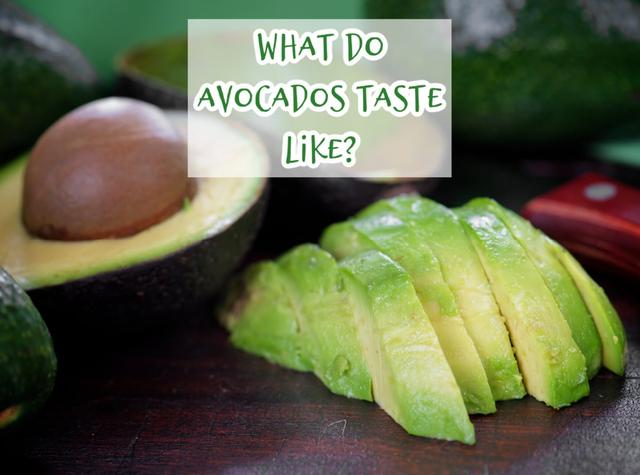
When it comes to choosing a ripe avocado, there are a few things to keep in mind. First, look for avocados that have a slightly soft texture when gently squeezed. Avoid avocados that are too firm or too mushy. The color of the avocado’s skin can also indicate its ripeness. Ripe avocados will have a dark green or black skin, while unripe avocados will be bright green.
To store your avocados, keep them at room temperature until they are ripe. Once they are ripe, you can store them in the refrigerator to slow down the ripening process and extend their shelf life. If you only need to use part of an avocado, leave the pit in the unused portion and wrap it tightly with plastic wrap to prevent browning.
Preparing fresh avocados is simple. Start by cutting the avocado in half lengthwise and twisting the two halves apart. Remove the pit by gently tapping it with a knife and twisting it out. To remove the flesh from the skin, use a spoon to scoop it out or score the flesh with a knife and then scoop it out with a spoon.
There are many ways to enjoy fresh avocados in your meals. You can slice them and add them to sandwiches or salads, mash them up for guacamole, or blend them into smoothies. The possibilities are endless!
Remember to always check for ripeness before using an avocado and avoid overripe ones as they may have a sour taste. With these tips, you can enjoy the optimal taste of fresh avocados in your dishes.
10. Discovering New Ways to Love the Unique Flavor of Avocado
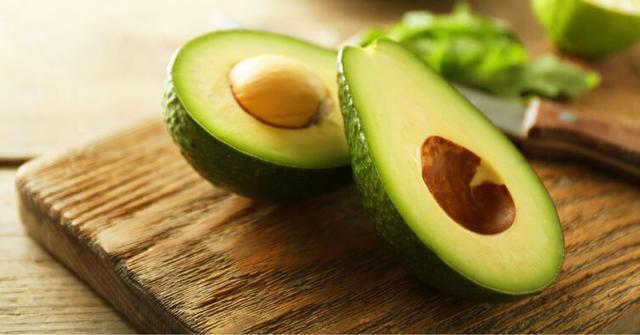
10. Discovering New Ways to Love the Unique Flavor of Avocado
Avocados have a mild and unique flavor that can be enjoyed in various ways. Whether you’re a fan of guacamole or looking to try something new, there are plenty of options to explore.
One popular way to incorporate avocados into your diet is by adding them to smoothies. Their smooth texture blends well with other ingredients, and they provide a dose of heart-healthy goodness. You can try avocado smoothie recipes like avocado banana smoothie or avocado chocolate smoothie for a delicious and nutritious treat.
Avocado can also be used in appetizers and snacks. From avocado toast to stuffed avocado boats, there are endless possibilities. You can enjoy avocado as a spread on crackers or as a filling for deviled eggs. These appetizers are not only tasty but also packed with nutrients.
Salads are another great way to showcase the flavor and texture of avocados. Adding sliced avocados to your salads will not only enhance the taste but also make them more satisfying and filling. Try recipes like avocado quinoa salad or avocado caprese salad for a refreshing and nutritious meal.
If you’re feeling adventurous, you can even use avocados in desserts. Avocado mousse or avocado ice cream are becoming increasingly popular among food enthusiasts. These desserts offer a creamy texture and subtle sweetness that pairs well with other flavors.
Incorporating avocados into your diet is not only delicious but also beneficial for your health. Avocados are low in saturated fat and contain healthy unsaturated fats that can help lower the risk of cardiovascular disease. They are also rich in essential vitamins, minerals, and dietary fiber, making them a nutrient-dense addition to any meal.
So why not get creative in the kitchen and discover new ways to love the unique flavor of avocados? With their versatility and health benefits, you’ll never run out of options to enjoy this heart-healthy fruit.
In conclusion, avocados have a unique and creamy taste that is often described as buttery with hints of nuttiness. Their mild flavor profile makes them versatile for use in various dishes and their smooth texture adds richness to any meal. Whether enjoyed alone or incorporated into recipes, avocados offer a delightful and satisfying taste experience.
Learn More About Grilling
If you want to learn more about grilling, check out these other helpful resources!





